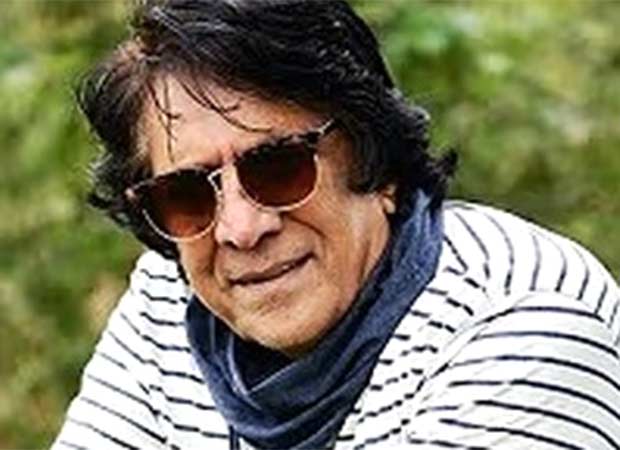Who bought electoral bonds for whom – that is the question. But answers are available only for EBs purchased after April 12, 2019, although GOI notified the EB scheme on Jan 2, 2018, and the first tranche of EBs were sold between March 1 and March 10, 2018.
Why? Because SC said so – but there’s a twist. The 5-judge constitution bench held that since its first interim order on ADR’s petition was passed on April 19, 2019, full disclosure should be mandated for bonds purchased after that date.The court said: “Changing the cut-off date, after the pronouncement of the judgment, would be akin to reviewing our own decision, which we will not do in these proceedings.”
However, data for EB donors and amounts are available for the period starting April 12, 2019. So, SC’s April 19, 2019 cut-off is now moot. Between March 1, 2018 and April 11, 2019, Rs 3,691.9cr worth of EBs were donated to various parties. This is 22.4% of the total of Rs 16,479cr.
Another Rs 623.2cr worth of bonds were encashed by parties after April 12, 2019, but purchased by donors prior to that date. Hence, there are no donor details available for these too. Thus, for a total of Rs 4,315.1cr of bonds, donor and recipient cannot be matched. That is 26.2% of the total. So, we have no info on who gave how much to whom for a little over a quarter of the value of EBs. That a few parties like DMK have disclosed a full list of donors doesn’t help in shedding much light – all of DMK’s EBs, for example, were bought after April 11, 2019.
Launch Of EBs
EBs had a life of only 15 days during which they could be used for making donation only to parties registered under Section 29A of Representation of the Peoples Act,1951, and which secured not less than 1% of votes polled in the last general election to Lok Sabha or a legislative assembly.
The bonds were available for purchase for a period of 10 days each in Jan, April, July and Oct, and as specified by govt. An additional period of 30 days could be specified by the Centre in a year general elections (LS or assembly) were held.
EBs were a bearer instrument in the nature of a promissory note and an interest-free banking instrument. A citizen of India or a body incorporated in the country was eligible to purchase the bond.
The bonds were issued and could be purchased for any value, in multiples of Rs 1,000, Rs 10,000, Rs 1 lakh, Rs 10 lakh and Rs 1cr from the specified branches of SBI.
A purchaser was allowed to buy only after fulfilling the prevailing KYC (know your customer) norms and by making payment from a bank account. It did not carry the name of the payee.
Why? Because SC said so – but there’s a twist. The 5-judge constitution bench held that since its first interim order on ADR’s petition was passed on April 19, 2019, full disclosure should be mandated for bonds purchased after that date.The court said: “Changing the cut-off date, after the pronouncement of the judgment, would be akin to reviewing our own decision, which we will not do in these proceedings.”
However, data for EB donors and amounts are available for the period starting April 12, 2019. So, SC’s April 19, 2019 cut-off is now moot. Between March 1, 2018 and April 11, 2019, Rs 3,691.9cr worth of EBs were donated to various parties. This is 22.4% of the total of Rs 16,479cr.
Another Rs 623.2cr worth of bonds were encashed by parties after April 12, 2019, but purchased by donors prior to that date. Hence, there are no donor details available for these too. Thus, for a total of Rs 4,315.1cr of bonds, donor and recipient cannot be matched. That is 26.2% of the total. So, we have no info on who gave how much to whom for a little over a quarter of the value of EBs. That a few parties like DMK have disclosed a full list of donors doesn’t help in shedding much light – all of DMK’s EBs, for example, were bought after April 11, 2019.
Launch Of EBs
EBs had a life of only 15 days during which they could be used for making donation only to parties registered under Section 29A of Representation of the Peoples Act,1951, and which secured not less than 1% of votes polled in the last general election to Lok Sabha or a legislative assembly.
The bonds were available for purchase for a period of 10 days each in Jan, April, July and Oct, and as specified by govt. An additional period of 30 days could be specified by the Centre in a year general elections (LS or assembly) were held.
EBs were a bearer instrument in the nature of a promissory note and an interest-free banking instrument. A citizen of India or a body incorporated in the country was eligible to purchase the bond.
The bonds were issued and could be purchased for any value, in multiples of Rs 1,000, Rs 10,000, Rs 1 lakh, Rs 10 lakh and Rs 1cr from the specified branches of SBI.
A purchaser was allowed to buy only after fulfilling the prevailing KYC (know your customer) norms and by making payment from a bank account. It did not carry the name of the payee.






